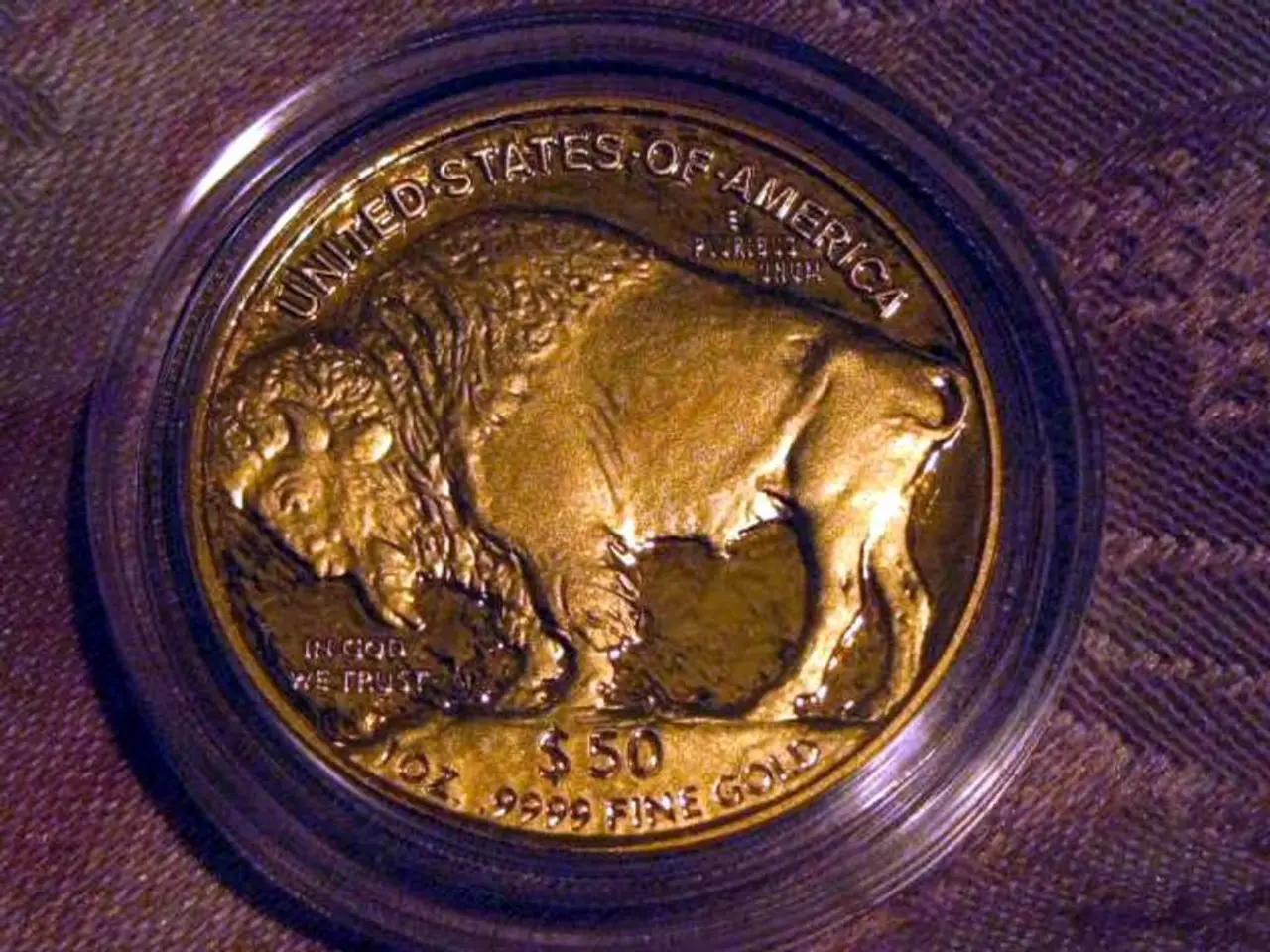Trump contemplating dollar depreciation: Can he make it happen?
In the realm of economic policy, the strength of the US dollar has been a topic of much debate. Recently, Vance, Trump's running mate, expressed concerns about a strong currency, viewing it as a "tax on American manufacturers." However, this perspective is not universally shared.
During the 1990s, Clinton administration official Robert Rubin declared that a strong dollar was in the national interest, as it helps to reduce government borrowing costs. This sentiment was echoed in the Reagan administration, when they successfully persuaded Japanese and European leaders to weaken their currencies in 1985, leading to a 40% dollar fall and a closing of the US trade deficit.
However, the story is not so straightforward. The Plaza Accord, a deal done among Cold War allies, led to a significant fall in the dollar. This was followed by a surge in US inflation, with rates climbing above 5%. The US trade deficit closed, but at a cost. The Plaza deal sent US inflation above 5%, a period of high inflation that many economists view as politically toxic.
Fast forward to the present day, and the dollar has once again strengthened. In trade-weighted, inflation-adjusted terms, the greenback has appreciated more than 30% in the past decade and is close to its richest in 40 years. This strength has hampered exporters, but America has still greatly outperformed other developed economies since the 1990s.
Jeffrey Frankel of the Harvard Kennedy School states that Trump's policies are about the most inflationary things you can do. This raises questions about the potential impact of a weaker dollar on inflation. Many currency analysts think that the dollar is due for a fall, but the path to achieving this is unclear.
A Trump administration might take an unconventional approach to weaken the currency. One such strategy could involve using the threat of tariffs to compel other countries to strengthen their own currencies. However, this approach could potentially lead to a self-defeating race to the bottom with China.
It's important to note that the US Treasury secretaries have generally taken the view that market forces should determine exchange rates. This means that a weaker dollar would likely require significant intervention, something that could have far-reaching implications for the US economy.
US interest rates are set to fall, which may help Trump achieve a weaker dollar without much effort. However, this could also lead to increased inflation, a risk that Trump's economic advisor, Stephen Miran, in the Trump administration, has acknowledged.
In conclusion, the debate over the strength of the US dollar is complex and multifaceted. While a weaker dollar could potentially help American manufacturers, it could also lead to increased inflation and other economic uncertainties. As the economy continues to evolve, it will be interesting to see how this debate unfolds.







